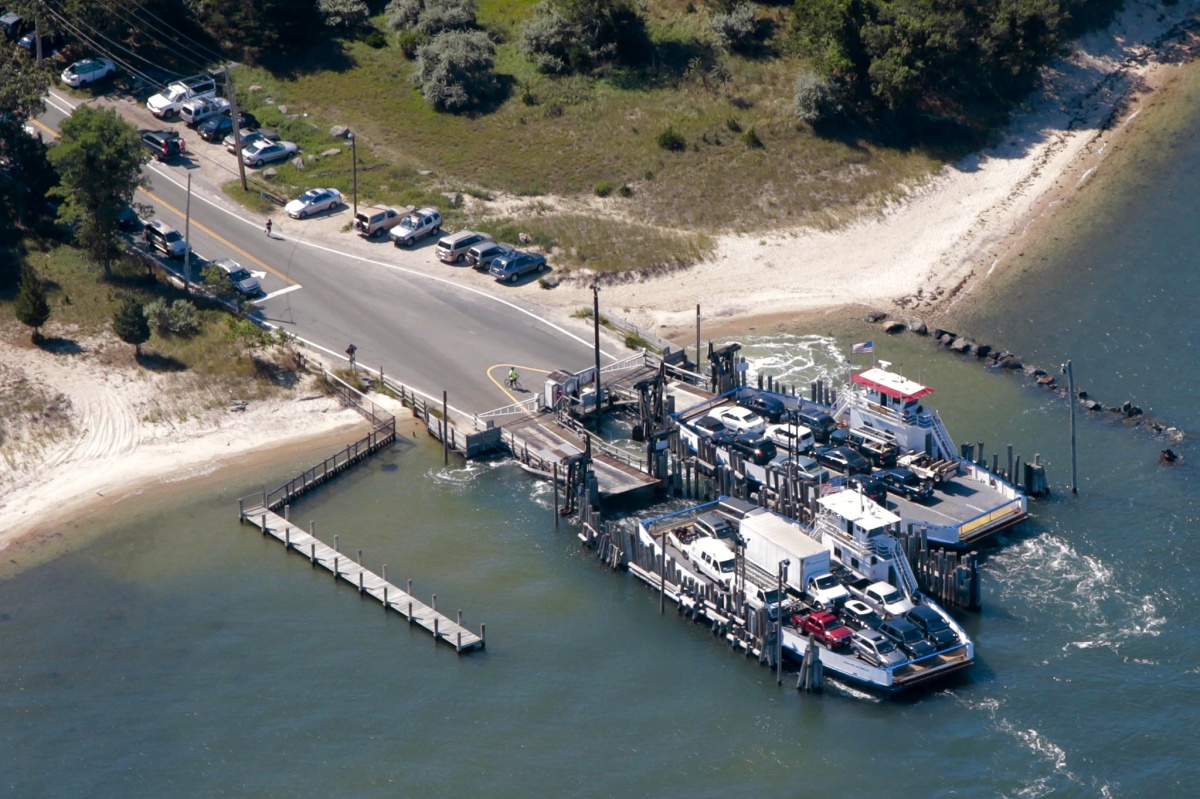South Ferry Channel Dredging Project Receives County and State Funding

In the first government-funded dredging of the area, the South Ferry channel connecting North Haven and Shelter Island will undergo a dredging project, likely to begin this fall.
Over the past few years, safety issues have become increasingly hazardous to the proper operation of the South Ferry. Especially at low tide, it is difficult for the ferry to avoid hitting the bottom around the terminal areas.
Suffolk County Legislator Jay Schneiderman is an advocate of the dredging and was vocal at a July 7 Riverhead meeting regarding the start of the project.
“We are all working together to expedite the dredging project,” he said. “The South Ferry is a critical component of our transportation system and needs to be able to operate safely.”
South Ferry co-owner Cliff Clark emphasized the importance of the South Ferry for the safety of Shelter Island residents and visitors.
“South Ferry is an integral part of the New York State Route 114 Highway,” he said. “It is the emergency evacuation route and the only link between the South Fork and Shelter Island. It is essential that first responders and other emergency vehicles be able to cross without delay any time day or night 365 days a year.”
Past maintenance was solely funded by South Ferry. This dredging project marks the first time state or county governments will contribute.
A unanimous vote of the Suffolk County Legislature approved the $2,048,500 budget for the project. $1,298,500 will come from the county, with the remaining $750,000 to be reimbursed by New York State.
While county governments usually cover the full costs of dredging, the incorporation of state funding is due to the unique role of the South Ferry. The channel is part of the New York State Route 114 Highway, and thus is eligible for the state aid.
Dredge season, as approved by the New York State Department of Environmental Conservation, extends from October 1 through January 15. The South Ferry channel dredging may begin this season, yet underwater infrastructure complicates the project. LIPA, Verizon and Cablevision all have setups in the area that must be taken into consideration when planning.









